Health Problems And Affeting Children
Who wants to be sick? Nobody. Many children in India still suffer with diseases that we conquered 60 or 70 years ago in Europe. Here’s a list of the biggest health threats.

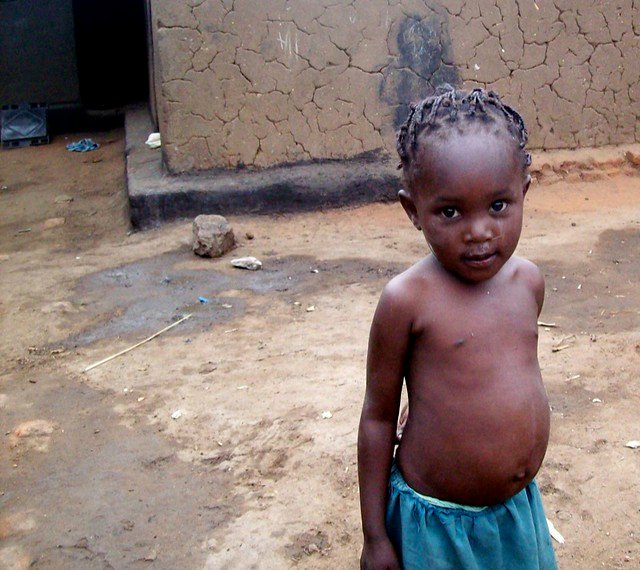
1. Malnourishment.
Meet Arjun. He is nine years of age, but he looks like a six year old. He has been living on a rice and lentil soup diet for his whole life. Many times his dinner was only rice. Shortage of food and nutrition causes malnourishment. 46% of childhood deaths in India are caused by food shortage. Children die because they have no resistance to viruses and germs. Their limited food does not give them the vitamins and minerals they need to be strong and survive. Regular and nutritious meals help keep sickness away.
The problem is so common that half of the children in India are too small for their age. In Sub-Saharan Africa only one in three children are too small.
Many Indian children, like Arjun, do survive. But they have weaker bodies and often struggle with learning difficulties.
3Cholera/Typhoid
Ravi lives in a village in North India. He has a very bad disease in his stomach that causes diarrhea, and cramps. He is sick, tired and miserable. The disease is called Cholera.
Many years ago, cholera and typhoid fever were dreaded diseases in Britain and Europe. There was no cure for them. The virus would spread in the patient’s intestines. Sometimes the cause was bad food. Patients would suffer for a short time and die.Now we have a cure. Many years ago, doctors created a vaccine (an injection that protects you), and medicines like anti-biotics. These medicines are now becoming more and more available in India. In the last 20 years, fewer children die from cholera and typhoid.
Fortunately, Ravi’s doctor knows the answer. He gives him some anti-biotics,
and tells him to drink a lot of water. Soon he will feel better.
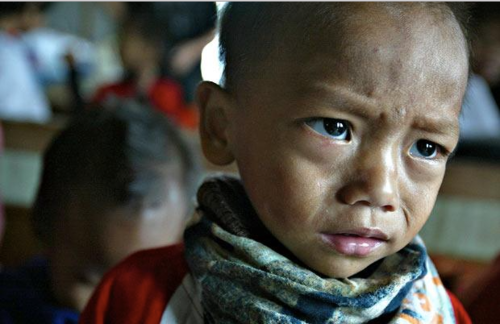
Cholera/Typhoid

4 Measles
The measles? Really? Yes, the measles can be really dangerous. Did you ever have the measles? It’s very annoying. It’s a highly contagious illness; you can pass it on even by coughing. It gives you a fever, a rash, and red eyes. But we have good medicines, and they help us recover quickly.
16 Million children in India catch the measles every year, and 200.000 die from it. That number is more than the population of Oxford or Bournemouth. Our vaccine is too expensive for most Indians, and the measles are still a big threat.
5 Tuberculosis.
Once upon a time, TB as we call it, was like a death sentence. The bacteria that causes the disease would damage the patient’s lungs, and cause fever, weight loss and often death. There was little hope for TB sufferers. In 1940, doctors discovered anti-biotics. Anti-biotics were the answer to many viruses and diseases.
There is a very good vaccine available now against Tuberculosis, even in India. It is not very expensive, and the number of TB victims has gone down in the last 20 years.
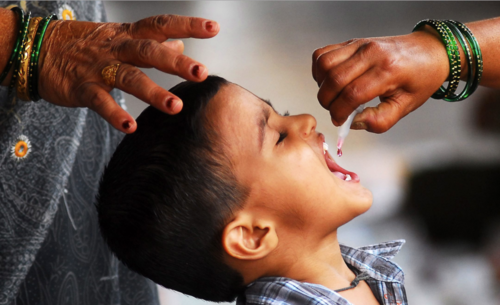

6 Tetanus
A few weeks ago, Sachin was cut badly in a fall with his cycle. He washed the wound, and thought no more about it. But a week later, the trouble began with spasms in his jaw. The next day, he had a fever as well. The village doctor knew the symptoms to be a sign of tetanus and quickly gave him injections.
Tetanus is a condition that affects the nervous system and the brain. People become infected through wounds and cuts.
Tetanus has much reduced in India because of cheap medicines in the form of injections. But the disease is still a big problem in India’s poor areas.
7.HIV
Puja lives in Mumbai. Although she is only six years old, she has the HIV virus. She gets tired quickly, and she easily catches an illness or virus.
Everybody has an inbuilt protection system against disease. We call that system immunity. You can picture immunity like a wall. HIV breaks down that wall. Infections and viruses can come in and steal a person’s health and strength. Puja needs extra food and regular medicine and injections.
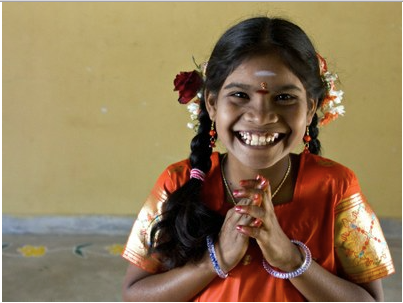
Puja’s mother had Aids, and passed on the virus to her baby daughter through the womb or by breast feeding her. One out of three children born out of HIV infected mothers get the HIV virus themselves.
Between 100.000 and 200.000 children in India have the HIV virus. There is still no cure for HIV, but we have many medicines that help the patients to live longer and feel better.
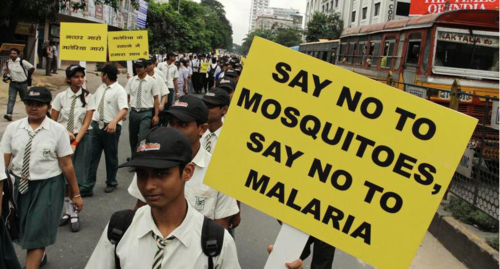
8 Malaria
A tiny mosquito with a long name (anopheles) causes a big disease: Malaria. It causes high fever, sweating, headaches, and vomiting. A child dies somewhere in the world every 30 second because of Malaria.The best medicine against it is quinine (made from tree bark). But there is no vaccine, and no quick cure.
9 Pollution-related conditions.
Murli doesn’t understand it. He gets tired easily. He suffers from nausea and has breathing problems. His doctor doesn’t know that his complaints are because of pollution. Pollution is a killer. Many tonnes of chemical waste are dumped in the ground by factories, and afterwards houses are built on the same spot! It is no wonder that people get sick. Chemical waste causes lung disease and cancer.
Chemical waste causes problems especially in big cities. The people responsible for the waste are quick to disappear, or they deny ever putting the toxic waste in the ground.
Many of the diseases that children suffer from in India have been overcome in Britain. But only 80 or 100 years ago, we in Britain we struggling with the same illnesses. We could overcome them because of:
1.The invention of new medicines, namely penicillin or anti-biotics.
2. A better living standard. We can afford good housing and a healthy and balanced diet.
3. Science. We learned about hygiene, the cause of diseases and how to prevent them.
But in modern Britain, we have our own health problems. Many cancers are still incurable. Junk food and sugary foods are causing diabetes in young people.
There is much work to do. Hopefully we are on our way to a healthier world for everybody.
